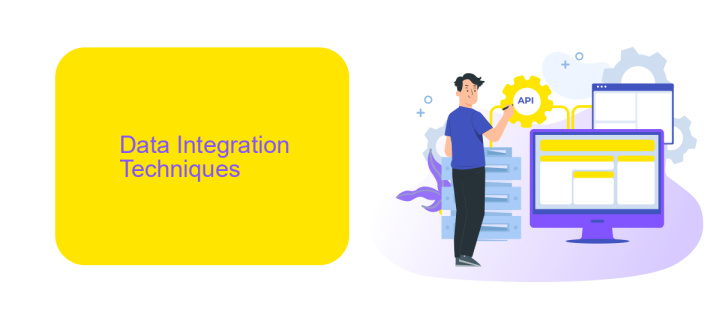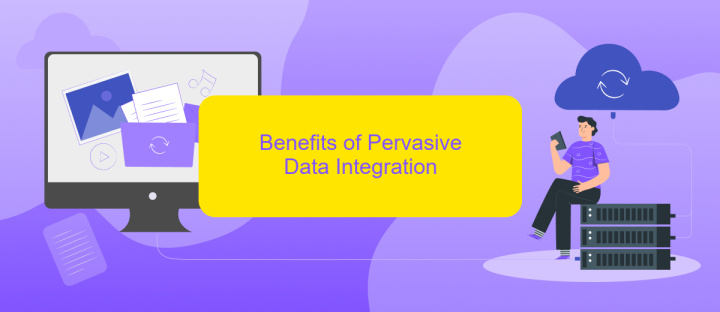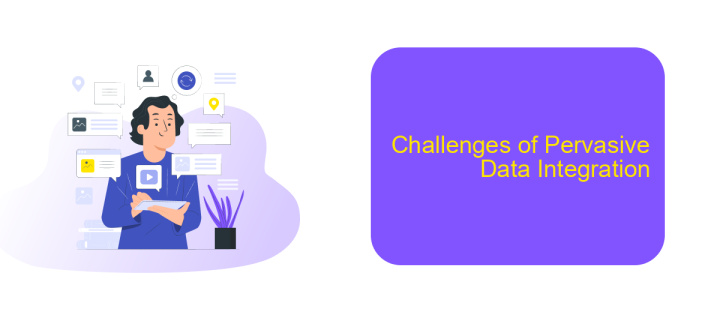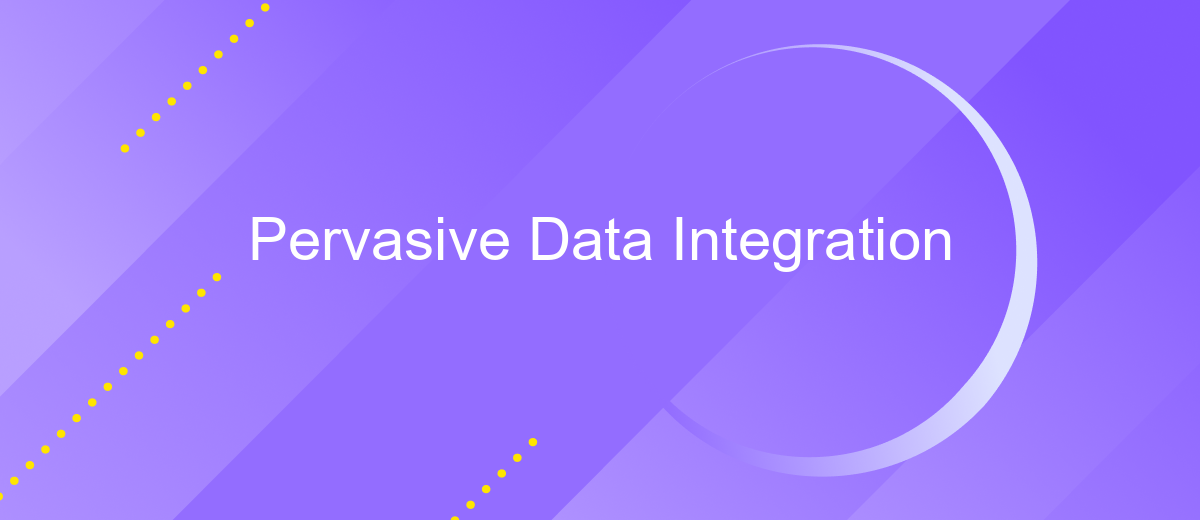Pervasive Data Integration
Pervasive Data Integration is revolutionizing the way organizations handle and utilize data. By seamlessly connecting disparate data sources, it enables real-time access and comprehensive analytics, driving informed decision-making and operational efficiency. This article explores the core principles, benefits, and challenges of pervasive data integration, highlighting its critical role in today's data-driven landscape. Discover how this approach can transform your business operations and strategy.
Introduction
Pervasive Data Integration has become a cornerstone in the digital transformation of modern enterprises. As organizations increasingly rely on diverse data sources, integrating these disparate systems into a cohesive framework is essential for efficient decision-making and operational effectiveness.
- Seamless connectivity between various data sources
- Real-time data synchronization
- Enhanced data accuracy and consistency
- Scalability to handle large volumes of data
- Support for various data formats and protocols
One of the solutions that facilitate pervasive data integration is ApiX-Drive. This service simplifies the setup of integrations by providing user-friendly tools and pre-built connectors for various applications. By leveraging ApiX-Drive, organizations can streamline their data workflows, ensuring that data from multiple sources is accurately and efficiently integrated, thereby enhancing overall business intelligence and performance.
Data Integration Techniques

Data integration techniques encompass various methods and tools to unify data from different sources into a cohesive dataset. One common approach is ETL (Extract, Transform, Load), which involves extracting data from disparate sources, transforming it into a standardized format, and loading it into a target system. Another technique is data virtualization, which allows users to access and query data without needing to know its physical location or format, providing a real-time and unified view of the data.
Modern data integration also leverages cloud-based services and APIs to streamline the process. Tools like ApiX-Drive facilitate seamless integration by offering pre-built connectors and automation capabilities. These services reduce the complexity of manual integration, enabling businesses to synchronize data across multiple platforms efficiently. By employing such advanced techniques and tools, organizations can ensure data consistency, improve decision-making, and enhance operational efficiency.
Benefits of Pervasive Data Integration

Pervasive Data Integration (PDI) offers numerous benefits for organizations seeking to streamline their data processes and enhance decision-making. By ensuring seamless data flow across various systems, PDI helps in achieving a unified view of information, which is crucial for strategic planning and operational efficiency.
- Improved Data Quality: PDI ensures that data is consistent, accurate, and up-to-date across all platforms.
- Enhanced Collaboration: With data readily accessible, teams can work more cohesively, sharing insights and making informed decisions.
- Cost Efficiency: Automating data integration reduces manual efforts and minimizes errors, saving time and resources.
- Scalability: PDI supports the growth of an organization by easily adapting to increasing data volumes and complexity.
- Real-time Analytics: Continuous data integration allows for real-time analytics, providing timely insights and competitive advantages.
Services like ApiX-Drive facilitate the setup of PDI by offering user-friendly tools to automate data flows between various applications. This not only simplifies the integration process but also ensures that businesses can maintain a high level of data integrity and accessibility. By leveraging such services, organizations can focus more on strategic initiatives rather than getting bogged down by technical challenges.
Challenges of Pervasive Data Integration

Pervasive data integration is a complex process that involves the seamless merging of data from various sources to provide a unified view. One of the primary challenges in this domain is ensuring data consistency and accuracy across different systems. Disparate data formats and structures can lead to significant difficulties in achieving a coherent integration strategy.
Another major challenge is the scalability of the integration process. As the volume of data grows, the integration system must be capable of handling increased loads without compromising on performance. Additionally, maintaining data security and privacy is crucial, especially when dealing with sensitive information.
- Ensuring data consistency and accuracy
- Handling disparate data formats and structures
- Scalability of the integration process
- Maintaining data security and privacy
Utilizing specialized integration services like ApiX-Drive can significantly alleviate some of these challenges. ApiX-Drive offers automated data transfer and synchronization between various platforms, ensuring data consistency and reducing manual intervention. By leveraging such tools, organizations can streamline their data integration processes and focus on deriving actionable insights from their unified data.


Future of Pervasive Data Integration
The future of pervasive data integration is poised to be transformative, driven by advancements in artificial intelligence and machine learning. These technologies will enable more intelligent data mapping, real-time processing, and predictive analytics, making data integration more seamless and efficient. Companies will increasingly adopt cloud-based solutions to ensure scalability and flexibility, allowing them to integrate data from diverse sources effortlessly. Furthermore, the rise of IoT devices will generate vast amounts of data, necessitating more robust integration frameworks to handle the complexity and volume.
Automation will play a crucial role in the future of data integration, with platforms like ApiX-Drive leading the way. ApiX-Drive simplifies the setup of integrations, enabling businesses to connect various applications without extensive coding knowledge. This service will be instrumental in democratizing data integration, allowing even small enterprises to leverage complex data workflows. As data privacy and security concerns grow, future integration solutions will also prioritize robust encryption and compliance with global standards, ensuring that data remains protected throughout its lifecycle.
FAQ
What is Pervasive Data Integration?
Why is Pervasive Data Integration important for businesses?
What are the common challenges in achieving Pervasive Data Integration?
How can businesses automate and configure data integrations effectively?
What are the key benefits of using automated data integration tools?
Strive to take your business to the next level, achieve your goals faster and more efficiently? Apix-Drive is your reliable assistant for these tasks. An online service and application connector will help you automate key business processes and get rid of the routine. You and your employees will free up time for important core tasks. Try Apix-Drive features for free to see the effectiveness of the online connector for yourself.

